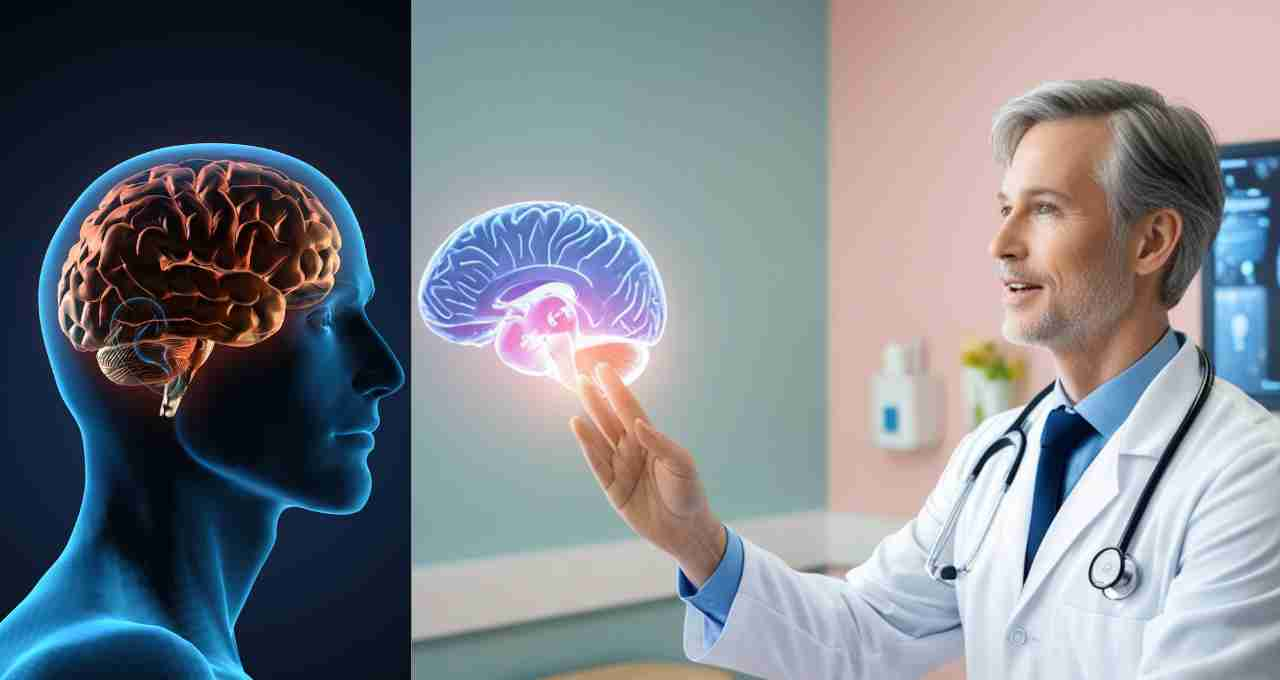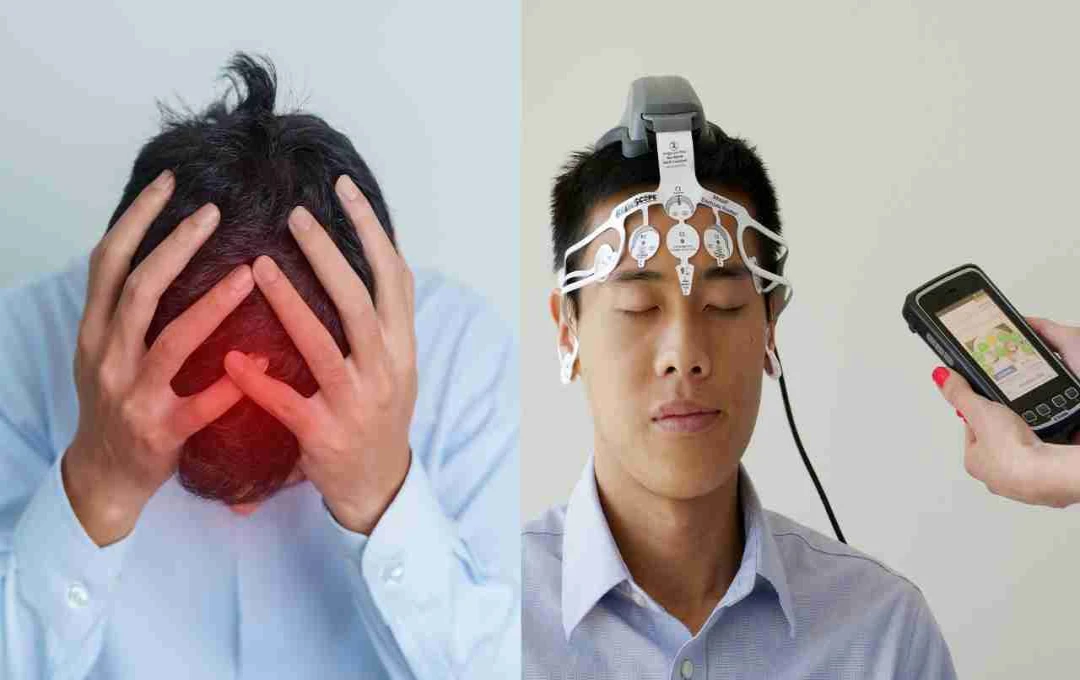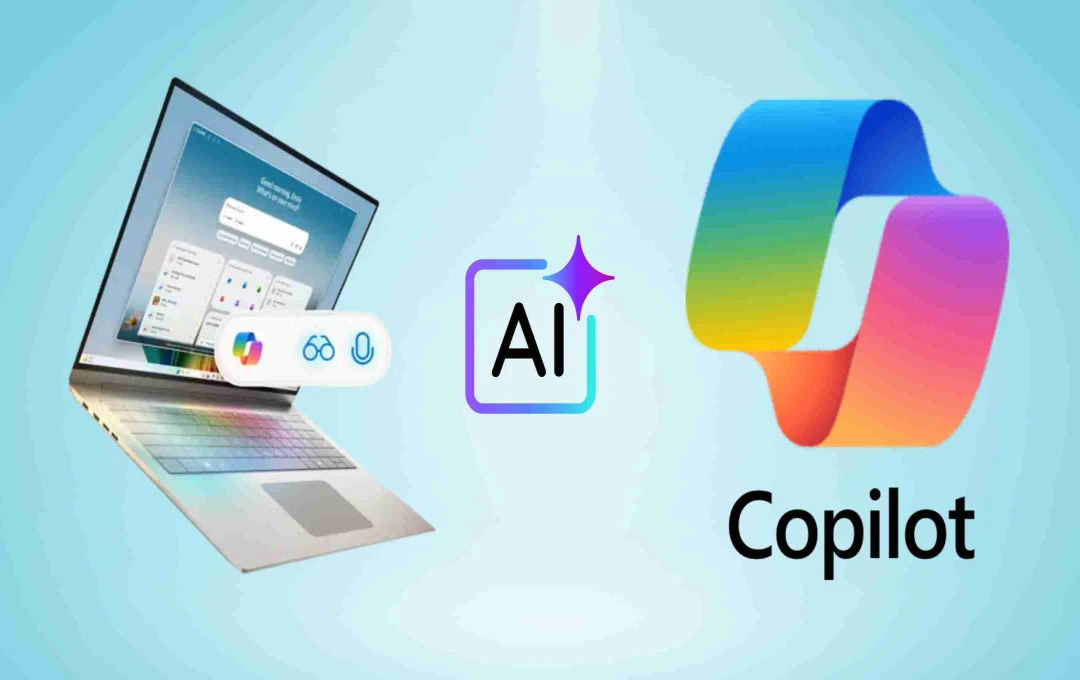Brain stroke is a life-threatening condition in which blood vessels in the brain become blocked or burst. Approximately 1.8 million new cases are reported in India every year. Experts state that timely treatment is crucial, as delay can lead to the destruction of millions of neurons. New technologies are now making stroke detection and treatment faster and more accurate.
Brain stroke: Brain stroke is a serious medical emergency where the blood supply to the brain is interrupted due to a blockage or hemorrhage in the brain's blood vessels. Around 1.8 million new cases are registered in India every year. According to doctors, it is essential to reach the hospital immediately upon noticing stroke symptoms, as every minute of delay can damage millions of brain cells. Modern technologies, such as advanced scanning and imaging tools, are now helping doctors accurately identify the affected area, making faster and more effective treatment possible.
What is a Brain Stroke?
A brain stroke occurs when the blood supply to the brain is suddenly interrupted or a blood vessel in the brain ruptures. Brain cells require a constant supply of oxygen and nutrients. When this supply stops, brain cells begin to die within minutes. This is why a stroke is considered a medical emergency.
There are two types of stroke. The first is an ischemic stroke, which happens when a blood clot or an obstruction blocks a blood vessel in the brain. The second is a hemorrhagic stroke, where a blood vessel ruptures, causing bleeding inside the brain. In both situations, immediate treatment is crucial.
Who is at Greater Risk?
The biggest cause of brain stroke is elevated blood pressure. If a person's blood pressure remains uncontrolled for a long time, the blood vessels in their brain weaken, increasing the risk of stroke. Additionally, high cholesterol, diabetes, smoking, obesity, and an irregular lifestyle are among its major causes.
Experts state that individuals who consume excessive alcohol, are physically inactive, or experience chronic stress also have a several-fold higher risk of stroke compared to the general population. If someone in the family has previously had a stroke, this risk can further increase due to genetic factors.
Understanding the Symptoms is Crucial

Brain strokes occur suddenly, and their symptoms appear just as rapidly. If a person suddenly experiences difficulty speaking, one side of their face drooping, numbness in an arm or leg, a severe headache, or blurred vision, these could be early signs of a stroke.
According to Dr. Rajul Aggarwal, Director of the Neurology Department at Shri Balaji Action Medical Institute, the biggest challenge in stroke treatment is not what to do, but when to do it. He stated that every minute of delay in treatment can damage millions of neurons. Therefore, as soon as symptoms appear, the patient should be immediately taken to the hospital.
The Big Role of New Technologies in Treatment
In earlier times, treatment options for stroke patients were limited. Doctors often took time to understand which part of the brain was affected by the stroke. However, modern technologies have now simplified this challenge.
Dr. Mukund Aggarwal, Associate Consultant in the Neurology Department at Regency Hospital, Gorakhpur, explains that we now have machines that can pinpoint within minutes which part of the brain is affected and where blood flow has stopped. Technologies like MRI, CT angiography, and neuro-imaging help doctors initiate treatment in the right direction immediately.
Furthermore, with a technique called “thrombolysis,” clots in the brain's blood vessels can now be dissolved using medication. If this treatment is initiated within the first three to four and a half hours of a stroke, the patient can be fully recovered. In severe cases, “mechanical thrombectomy” is used, involving special instruments to remove blood clots trapped in the vessel.
Technology Also Aids Recovery
After treatment, the rehabilitation process is crucial for gradually returning patients to normal life. Several new technologies have emerged for this as well. Robotic therapy, neuro-monitoring, and Artificial Intelligence-based training systems are helping patients regain their ability to walk, speak, and maintain balance.
Many hospitals are now also utilizing Virtual Reality (VR), allowing patients to attempt to reactivate their brains. This accelerates the pace of recovery and provides patients with mental confidence.















